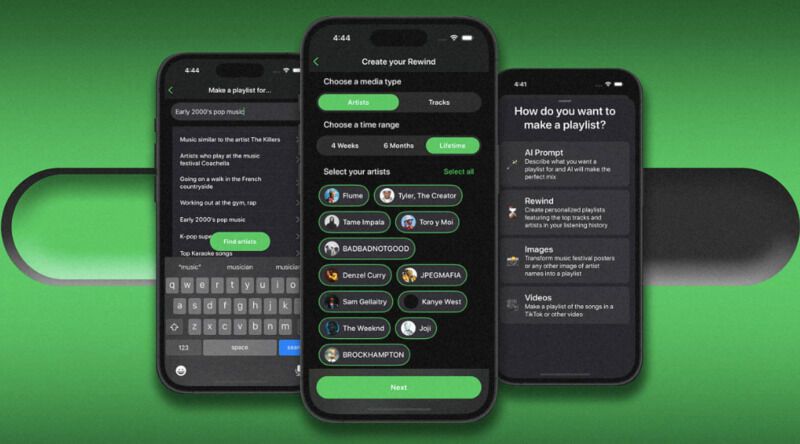Evolving Digital Marketing: From IMMAP to DMAP and Beyond
In 2006, a conversation I had at an Advertising Suppliers Association of the Philippines event set the stage for a monumental shift in the digital marketing landscape of the Philippines. Norelyn Babiera of Fiera de Manila, along with Donald Lim of Inquirer and myself, contemplated the creation of an organization dedicated to digital marketing. This idea quickly took shape, leading to the founding of the Internet and Mobile Marketing Association of the Philippines (IMMAP), a decision that marked the beginning of a new era.
Fast forward to today, at the recent Digimax/Digicon event, IMMAP has rebranded itself as the Digital Marketing Association of the Philippines (DMAP). This change signifies a renewed commitment to the evolving digital marketing domain, which now dominates the marketing and advertising sectors in the Philippines. The dramatic increase in digital ad spending, from 15% in 2006 to 61% today as reported by WeAreSocial, highlights the unstoppable growth of digital marketing.
Key Insights from Digimax/Digicon: The Future of Digital Marketing

Investing in Sound Identity: Mike Constantino of Homonym pointed out a critical oversight in branding – the sound. While visual identity receives considerable investment, auditory branding is often neglected. Constantino emphasized the importance of a brand’s soundscape, extending from sonic logos to full musical themes, underscoring that unique audio branding can powerfully enhance customer experience.
Highlighting a case study, Mike demonstrated how a well-known local brand successfully revamped its sound identity, leading to increased customer engagement and brand recall. This example underscores the potential of audio branding as an integral part of a company’s identity. While this example highlights the potential impact of sound identity, it’s important to recognize that each brand’s journey in auditory branding can differ based on various factors like industry, target audience, and brand vision.

The Power of Podcasting: The pandemic saw a surge in podcasting, though many ventures were short-lived. Ron Baetiong of Podcast Network Asia and Alan Fontanilla of Pod Network Entertainment highlighted the untapped potential in this space. They encouraged brands to experiment with podcasts, focusing not on reach but on how to engage and mobilize listeners. Successful podcasts often have a well-defined niche and can foster intense audience engagement, leading to organic growth.
Podcasting, while a promising avenue, presents challenges. For instance, I started podcasting in 2005 and even had paid advertisers. However, after 13 episodes, I had struggles in maintaining consistency and audience engagement. Perhaps I was also too early as an adopter at that time. From time to time, I tried reviving my podcast but can’t seem to sustain the momentum.
My experience echoes Ron Baetiong and Alan Fontanilla’s emphasis on the importance of commitment and niche targeting in podcasting. However, the applicability and success can vary depending on the podcast’s niche, content quality, and audience engagement strategies.

The Art of Playlist Building as a Branding Tool: Geo Del Carmen from Sessions Academy introduced an innovative concept – brands becoming DJs through curated playlists. Sharing music can foster community connection and enhance brand perception. Del Carmen’s initiative in professionalizing DJ instruction reflects the broader trend of integrating music more intimately into branding strategies.

Storytelling as a Transformational Tool: Award-winning filmmaker Matthew Luhn stressed the importance of storytelling in branding. Moving beyond mere data, Luhn emphasized that stories need to be authentic, relatable, and centered on universal themes. He highlighted that transformational stories resonate deeply with audiences, driving both emotional and behavioral changes.
Adapting to New Challenges and Trends
As digital marketing evolves, so do its challenges. Data privacy, navigating the post-pandemic consumer landscape, and differentiating content in a saturated market are current issues facing Filipino digital marketers. These challenges call for innovative solutions, such as leveraging emerging technologies like AI and VR to create more personalized and immersive customer experiences. Although VR may sound interesting. But until the gadget cost becomes affordable, we are still far away from seeing its adoption. It’s important for marketers to consider their unique market circumstances when adapting to these challenges and trends.
The COVID-19 Impact
The pandemic has significantly reshaped consumer behavior, accelerating digital adoption and transforming marketing strategies. A recent study highlighted this shift, noting an increased preference for online shopping and digital content consumption among Filipino consumers. Its impact on marketing strategies has been diverse, influenced by factors like industry type, business size, and regional differences in consumer behavior.
Engaging the Audience
For readers looking to apply these insights, I suggest integrating sound identity, experimenting with podcasting, and cultivating storytelling into your marketing efforts.
The evolution from IMMAP to DMAP and the insights from Digimax/Digicon underscore a pivotal era in digital marketing. As we embrace sound identity, podcasting, playlist curation, and storytelling, we pave the way for more innovative, engaging, and effective marketing strategies.
NOTE: This article is shared by Ms. Janette Toral, a Multi-Awarded E-Commerce Advocate and Leadership Coach. The article was first published in “NEWSLETTER ON LINKEDIN, under DIGITAL LEADERS, Interviews with leaders making a mark in the digital world.






